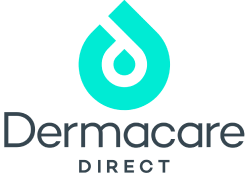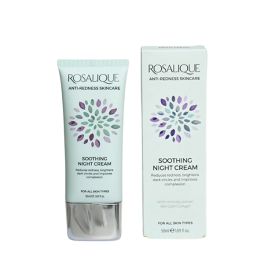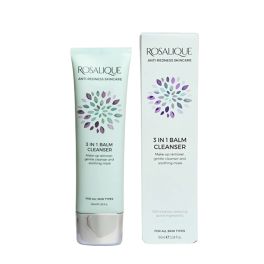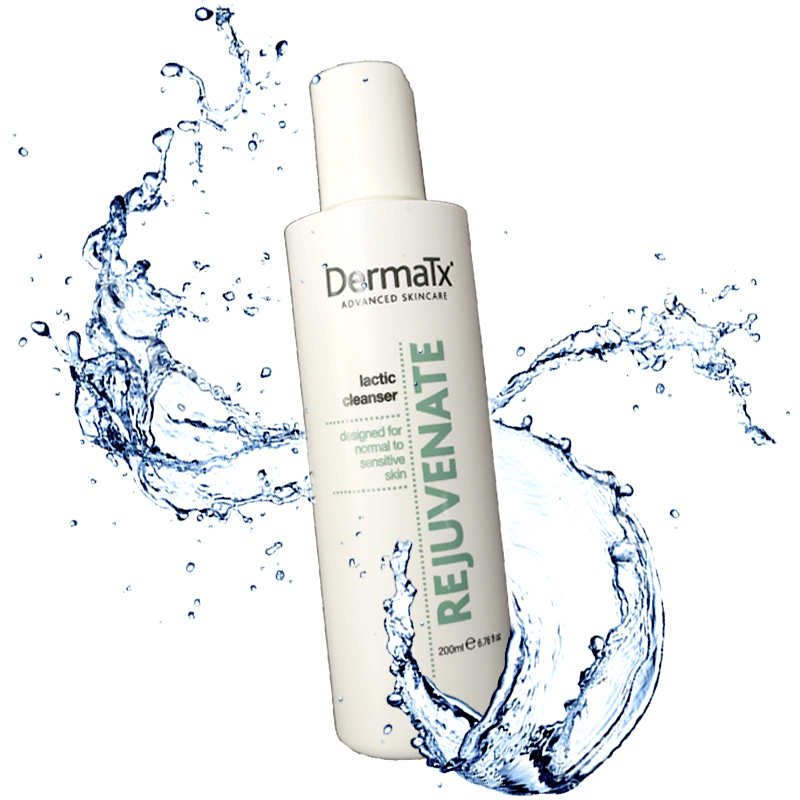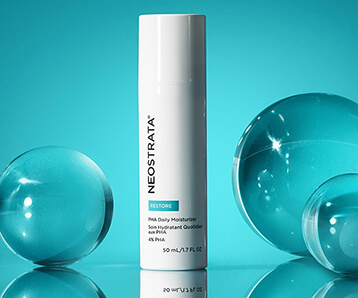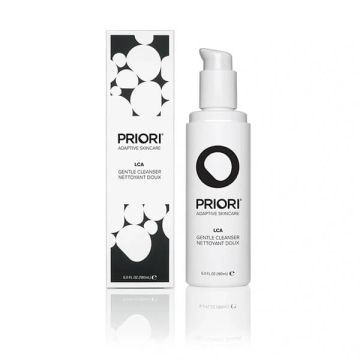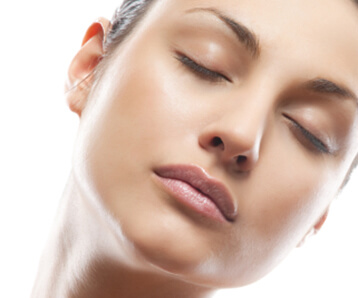Benefits of Exfoliation and which one to choose? Posted on 25 Mar 2024
Regular exfoliation removes the build-up of older skin cells, to bring luminosity and clarity. For younger complexions, exfoliation helps to unblock pores and keeps skin clear and smooth. For more mature skin, exfoliation is essential to help revive sluggish skin, remove dead skin cells, minimize fine lines, and improve skin tone & texture.
The Benefits:
– Minimising the appearance of fine lines and wrinkles
– Improving skintone and texture
– Increasing hydration
– de-clogging, refining and reducing enlarged pores
Which Exfoliate?
All exfoliates whether it’s a AHA – Alpha Hydroxy Acid (Glycolic acid, Lactic Acid), PHA – Polyhydroxy acids ( gluconolactone lactobionic acid) or a BHA- Beta-Hydroxy Acid (salicylic acid) help reduce wrinkles, pores, improve skin tone & texture by stimulating the production of collagen.
Exfoliating acids are a common additive to numerous skin care products including moisturisers, cleanser, toners, peels, and masks.
Glycolic Acid (AHA):
Recommended for:
– Sun damaged skin
– Ageing skin
- Acne scarring
Benefits:
– Removes dead skin cells on the skin’s surface
– Improves skin tone & texture
GLYCOLIC ACID TARGET TREATMENTS
Lactic Acid (AHA):
Recommended for:
– Dry skin types
– Sensitive Skin types (cannot tolerate glycolic acid)
Benefits:
– Increases skin hydration
– Improve skin tone and reduce pore appearance
Recommended for:
– Ezcema or dry skin condition
– Rosacea-prone skin
– Sensitive skin
Benefits:
– Gentler on the skin & less irritating
– helps strengthen skin barrier function
– Antioxidant properties
Salicylic Acid (BHA)
Recommended for:
– Oily skin
– Acne and breakouts
– Enlarged pores
– Acne Rosacea-prone skin
Benefits:
– Removes dead skin cells on the surface and in the pores
– Fights breakouts, Milia and enlarged pores
– Anti-inflammatory properties
SALICYLIC ACID TARGET TREATMENTS
Do’s & Don’t of using an exfoliate:
– Increase % slowly start low and work up
– Trial with different strengths of exfoliates to see which concentration gives you the best results
– Don’t introduce all exfoliating products at once
– Don’t use around the eye area or to remove make-up
– Make sure you are applying sunscreen daily
Caution: When you initially start using exfoliating products you can experience breakouts, flaking and tinglying.
If you’re still a bit confused about which exfoliant to choose, contact our advice team for help
